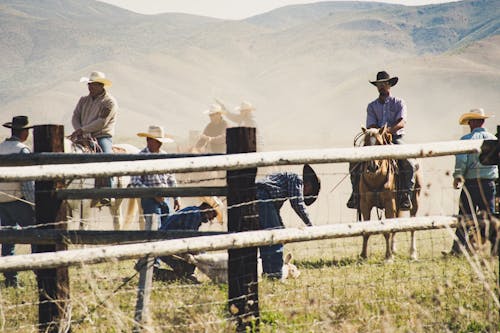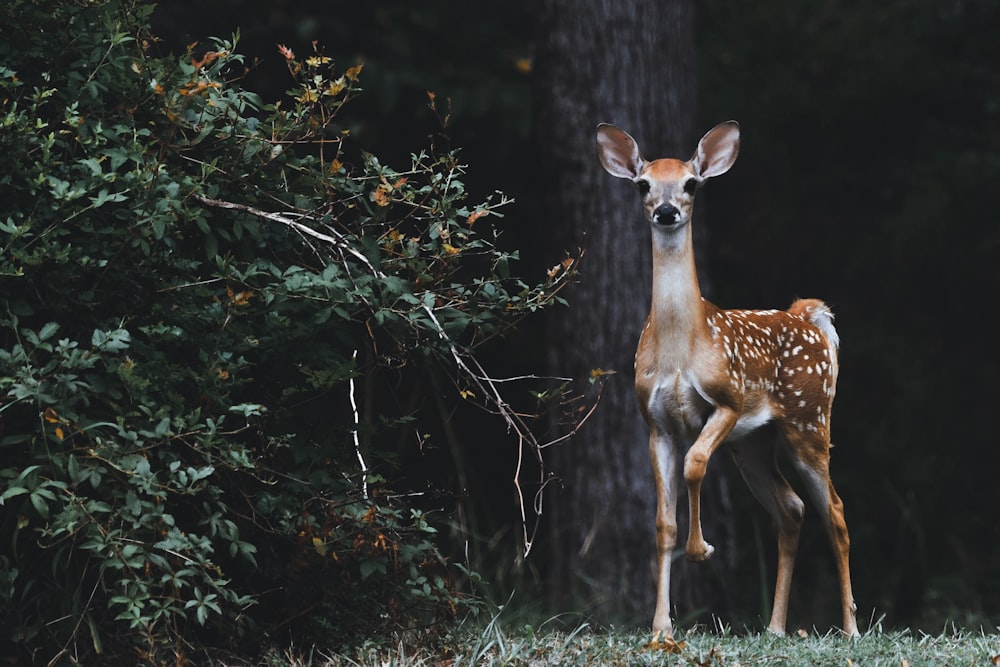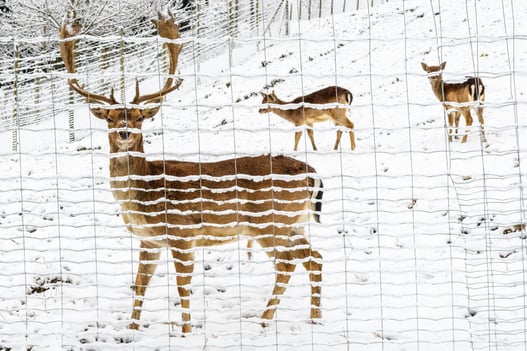The Desert Tortoise: Endangered
You may not realize it, but the Desert Tortoise is struggling to survive after millions of years of life on earth. The desert tortoise in the Mojave Desert (north and west of the Colorado River) was federally listed under emergency provisions of the Endangered Species Act of 1973 as endangered on August 4,
The desert tortoise is the largest reptile and the only wild land tortoise found in southern Nevada. It also exists in western California, southwestern Utah, western Arizona, and northwestern Mexico. A tortoise will live in the same general area of less than one square mile during its lifespan of 50-100 years. They reach 10 to 14 inches in length and are soil colored. Because of their color and shape, they can be very difficult to see.
Awareness
To help protect tortoises from getting on roads and highways, Tortoise Exclusion Fence, also referred to as Turtle Fence, is being installed throughout their habitat. Many construction projects are now even required to have an on-site biologist conduct a thorough survey of the job site and flag all burrows prior to construction. Construction crews are also required to complete a desert tortoise education program.
Tortoise exclusion fence is required and specified in many bids where highways and roads or solar fields will be constructed in tortoise habitats. It is installed to keep the tortoises out of harm's way on highways and in solar fields.
Exclusion Fencing
Tortoise Exclusion Fence is designed specifically for preventing tortoises from gaining access to highways and roads and any other designated areas. It is made of galvanized welded wire which has a mesh opening of 1” horizontal by 2” vertical and is 36” wide. The fence is constructed of 16 gauge or heavier wire and can be GAW (Galvanized After Weld), GBW (Galvanized Before Weld) or VC (Vinyl Coated) depending upon the specifications required.
Methods
The fence material
Installing the proper tortoise exclusion fence will protect the desert tortoises from possible extinction while protecting you from fines and possible imprisonment.
Let’s all work together to save the tortoises!






















